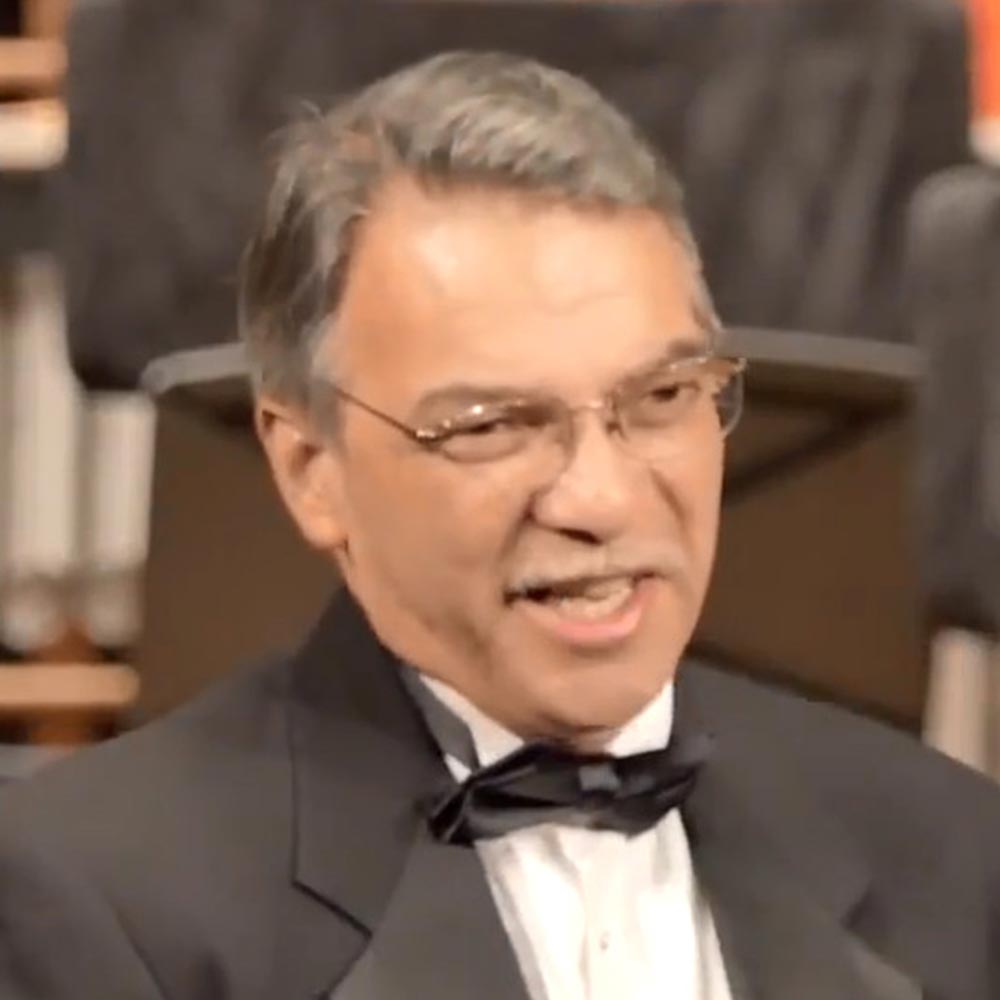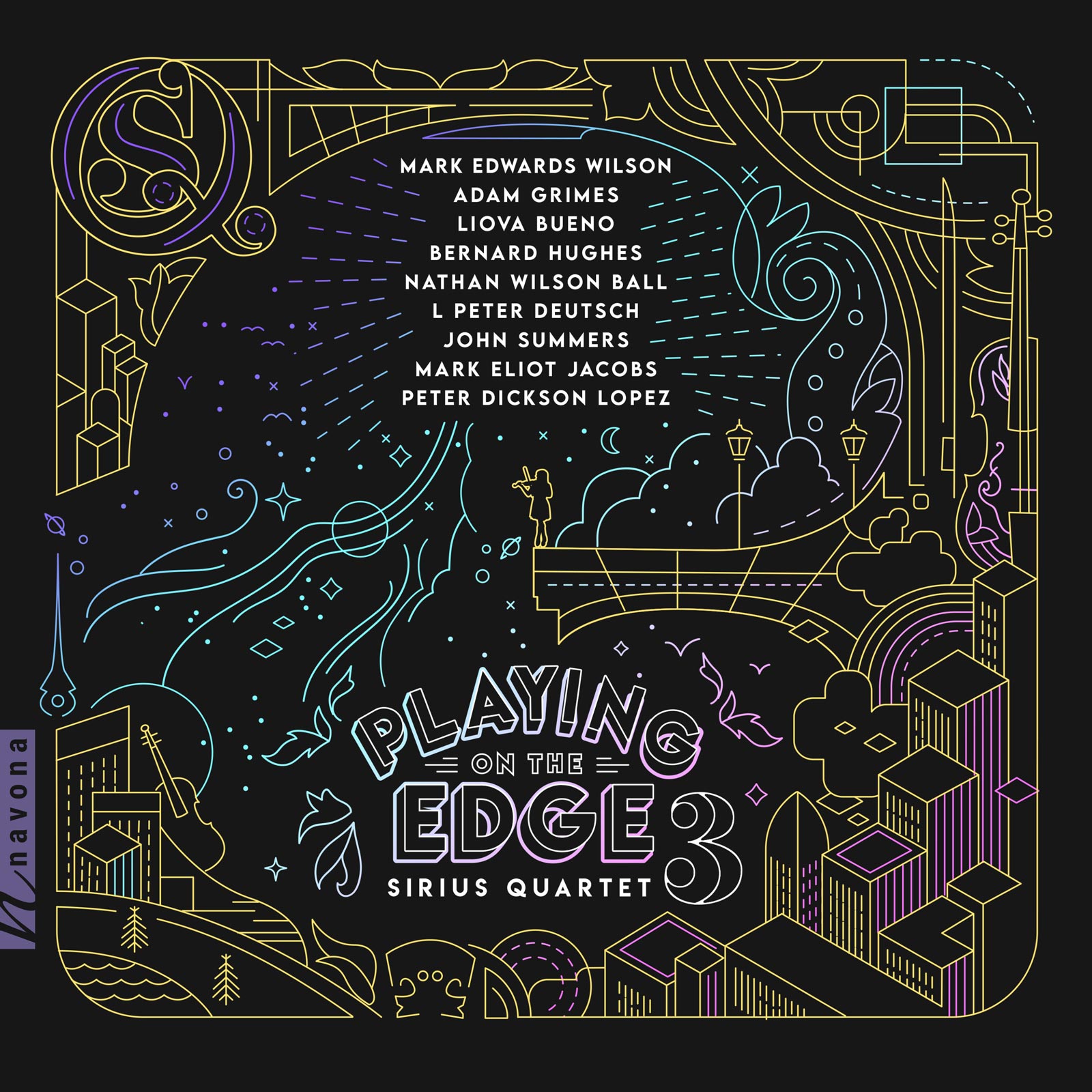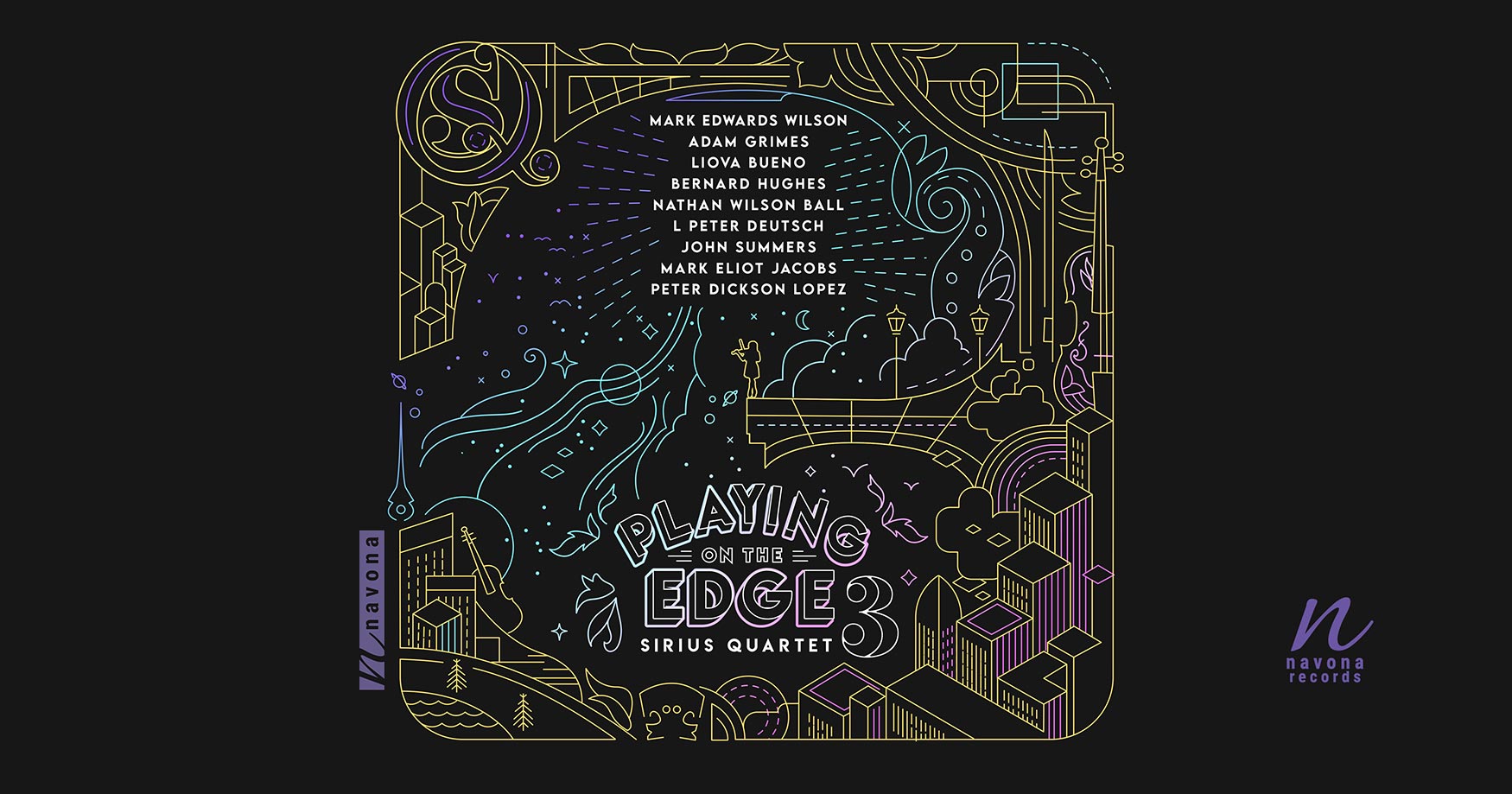
Performed by the Sirius Quartet, PLAYING ON THE EDGE 3 offers up a vibrant and challenging selection of music for string quartet from multiple contemporary composers in a verbose continuation of theme. It dives into the concept of beauty, expressing itself in an extraordinary duality, with each work contributing its own unique take on the whole.
PARMA Senior Content Writer Shane Jozitis recently connected with the composers of PLAYING ON THE EDGE 3 to learn more about the inspirations, processes, and realizations behind their works. Read on for an exclusive deep dive into the creative minds behind this Navona Records release.
SJ: Inspiration can take many shapes and come from many directions. Was your piece always intended to be a string quartet?
BH: Suck It and See was always a quartet, and initially intended as one movement of a longer piece, but I’ve never got round to writing the rest of the piece. I think at this stage if I wrote another quartet I would leave it on its own and start from scratch. At the time I wrote this quartet I was not a string player but have subsequently learned the double bass (to a very limited extent) and I think this has improved my string writing. I’d love to write another quartet as an older, more experienced – and technically better – composer, but I also love the youthful energy and “don’t care” attitude I hear in Suck It and See. I am not someone who is embarrassed by their earlier music: I can remember the excitement of writing it and still enjoy what I did in it.
SJ: How do you navigate the balance between honoring the historical roots of the String Quartet and incorporating your own contemporary musical language into your compositions?
LPD: As one version of my bio said, I enjoy creating “new wine in old bottles.” I see the capabilities of the instruments, and the division of the piece into movements with some guidelines about their relationships, as the place to start, but the harmonic, melodic, rhythmic, and textural language are all up for grabs. Eternity is a single-movement work that actually fits the form less well than my earlier work Departure, where each of the four movements are in a distinctly different style with respect to several of these parameters.
PDL: My goal is to write for these ensembles in a way that reflects a larger sonic landscape than what might be considered traditional chamber writing. I thus include some electroacoustic components in each of these works. For MISE-EN Series II for String Quartet, I included pre recorded sound, amplification of the string instruments, and modest real time enhancement of the live instruments. The pre recorded sound incorporates the use of virtual string instruments in addition to some synthesized sounds. This allows for a blurring of the line between acoustic and electroacoustic sound sources, resulting in a blended sonic landscape. It is in fact at times difficult to tell which is which. As this blending of sonorities was what I intended, I wrote with a purely musical syntax to deliver the necessary contrast and continuity to sustain the work. In other words, I was not interested in presenting the acoustic and electronic components as natural foils for each other. To establish this syntax, I composed with two divergent but complementary musical components: sound tapestry (beautiful), and ornamentation (decorative).
SJ: Can you share any specific examples of how you incorporate different techniques into your string quartet compositions, and how they contribute to the overall artistic vision or narrative of your music?
BH: My writing for quartet is pretty conventional in Suck It and See. There are a couple of snap pizzicatos, some bowing techniques – sul ponticallo (over the bridge) and sul tasto (over the fingerboard) and some limited use of harmonics, but there is nothing fancy. I am not a composer who often uses extended techniques, although I have done on occasion – I wrote a piece for prepared piano and a tape part generated from an electronically-treated harpsichord – but I mostly work within the bounds of standard techniques. There is still plenty to be done within these confines and felt these were the appropriate means for this piece.
PDL: I wasn’t interested in exploring such extended string techniques in Episode 1. Instead, I focused on bowing technique in such a way as to further articulate the overall “decorative beauty.” To illustrate how this works in MISE-EN Series II: Episode 1, I use two traditional modes of expression: bel canto for “beautiful,” and ornamentation for “decorative.” I translate these modes of expression in MISE-EN to broad soaring melody or sustained textures (beautiful) and rapid turning motivic figures (decorative). Episode 1 opens with the quartet performing a short but dense contrapuntal texture of rapid turns, each motive of which culminates in an extended tone, thus foreshadowing the bel canto to follow. The acousmatics emerge from this brief exposition with a very broad yet buoyant wave of sound in a low register that moves ever so slightly to higher ground coupled with harmonic sweeps. The quartet then fades in with tremolos and the acousmatics fade out. This pattern of similar yet contrasting voice exchange between the quartet and acousmatics follows throughout.
Subsequent Episodes of MISE-EN Series II may well explore extended string techniques but with the same goal in mind: presenting a blended sonic landscape governed by the compositional predicate of “decorative beauty.”
SJ: How do you navigate the delicate balance between individual expression and collective cohesion within the quartet, and how does this interplay influence the thematic development and emotional depth of your compositions?
LPD: My one area of deep performing experience is as a singer; I gravitate towards writing instrumental chamber music because it has many of the same qualities, of which the balance between individual lines and homophony is a crucial one. I actually wrote the third movement of Departure as a fully texted motet: the title of the movement is “Leave-taking,” and the text is the well-known “O vos omnes”, which is about sorrow. In Eternity, the stately homophonic and agitated contrapuntal sections start out in contrast, and come together at the end. I don’t really have a fixed plan in this regard: when I’m writing my best music, I feel I’m just listening for what I hear internally and writing it down, and the relationships between line and cohesion often draw preconsciously on my experience singing the greatest Western choral music for almost 50 years.
My favorite instrumental ensemble is piano trio: PARMA has released several of my works for this combination, which I find has many of the same qualities as a string quartet, specifically including individual expression and cohesion.
SJ: Well said, everyone. Thank you for joining this roundtable discussion on PLAYING ON THE EDGE 3.
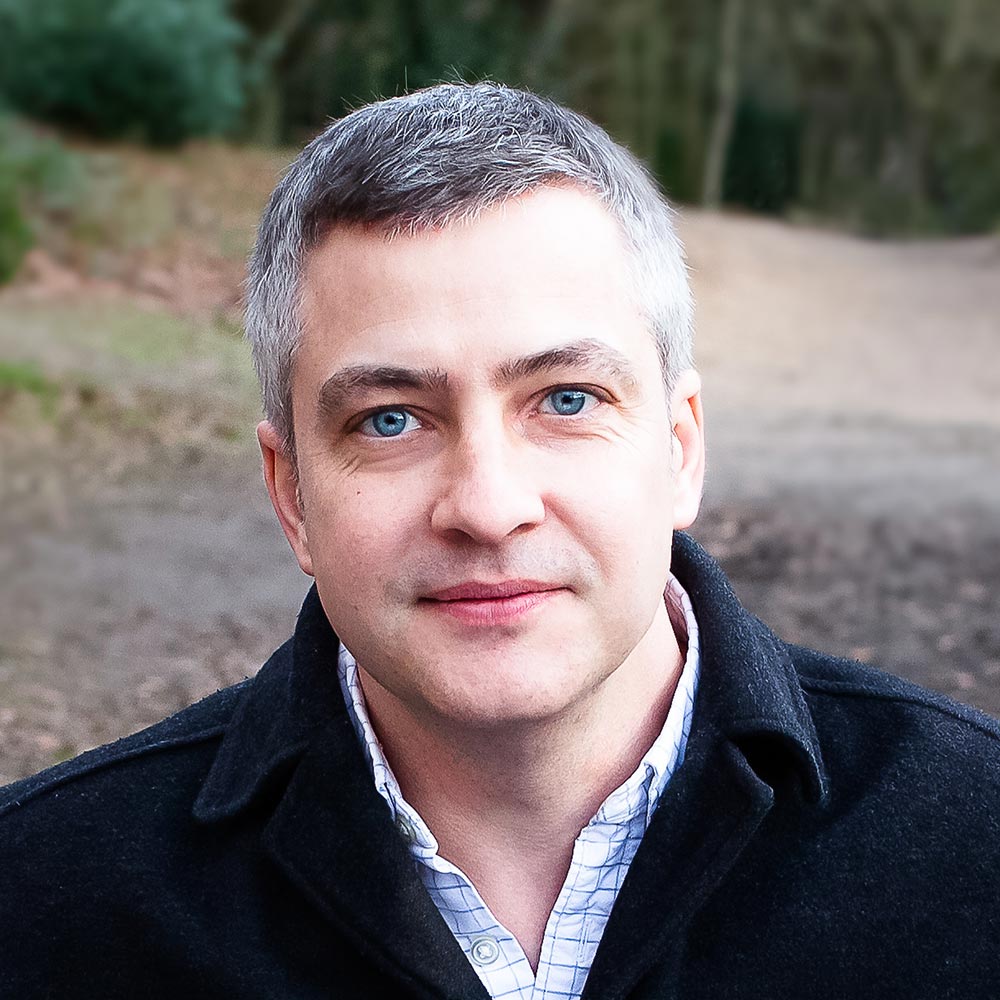
Bernard Hughes’s music has been performed by various ensembles, including the BBC Singers and the London Mozart Players at major British venues such as the Royal Albert Hall and St Paul’s Cathedral. His music has won a number of awards both in the UK and internationally, and is regularly broadcast on the UK’s BBC Radio 3. Bernard Hughes’s BBC commission Birdchant was premiered at the Proms festival in August 2021. After studying music at Oxford University, and composition privately with Param Vir, Bernard was awarded a Ph.D. in composition by London University in 2009.
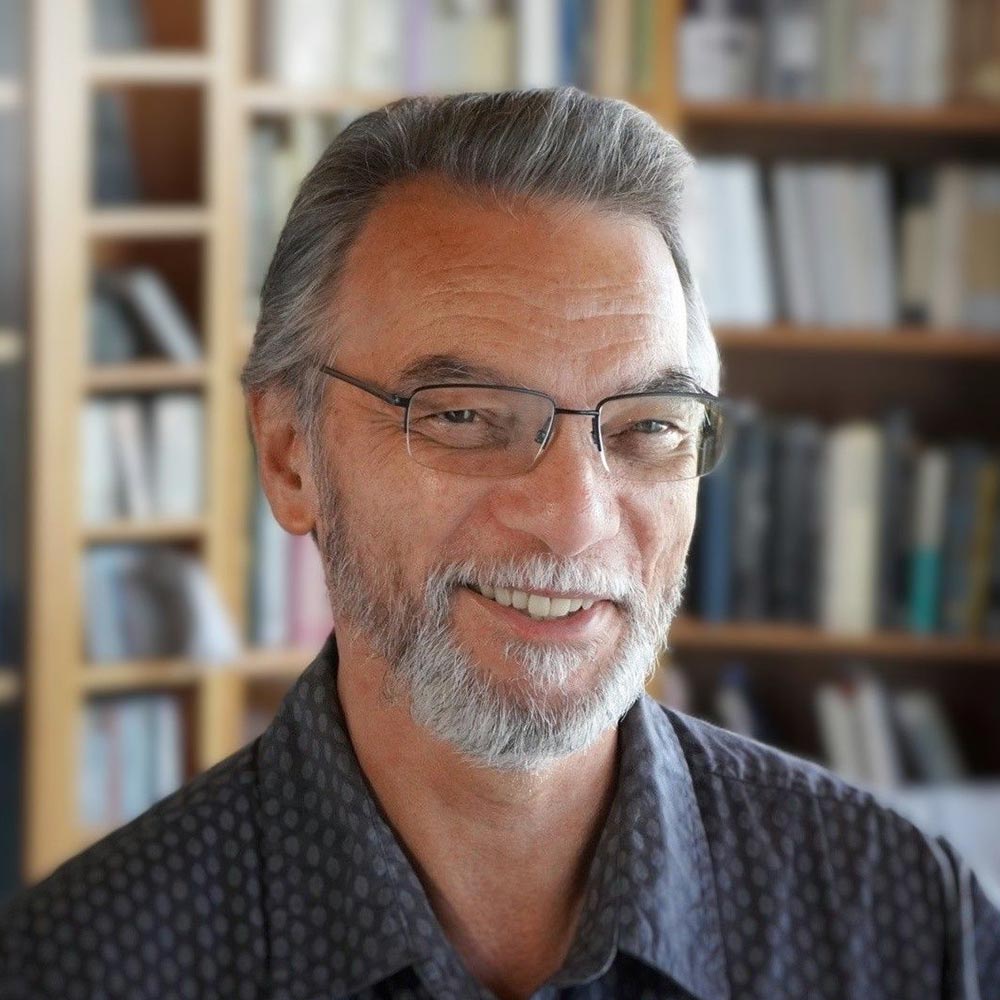
As an internationally performed composer, Peter Dickson Lopez traces his musical roots to a broad range of influences from his tenure as a graduate student at the University of California at Berkeley, as a Tanglewood (USA) Fellowship Composer, and as recipient of the George Ladd Prix de Paris (1976-78). The eclectic nature of Lopez’s mature style stems no doubt from having worked directly with composers of diverse approaches and philosophies during his early years at Berkeley and Tanglewood: with Joaquin Nin Culmell, Andrew Imbrie, Edwin Dugger, Olly Wilson, Earle Brown at UC Berkeley (1972-1978); and with Ralph Shapey and Theodore Antoniou during his Fellowship at Tanglewood (1979). Even more influential to Lopez’s artistic development was his residence in Paris where he had the opportunity to listen to many live concerts of contemporary European composers as well as to attend numerous events at IRCAM.
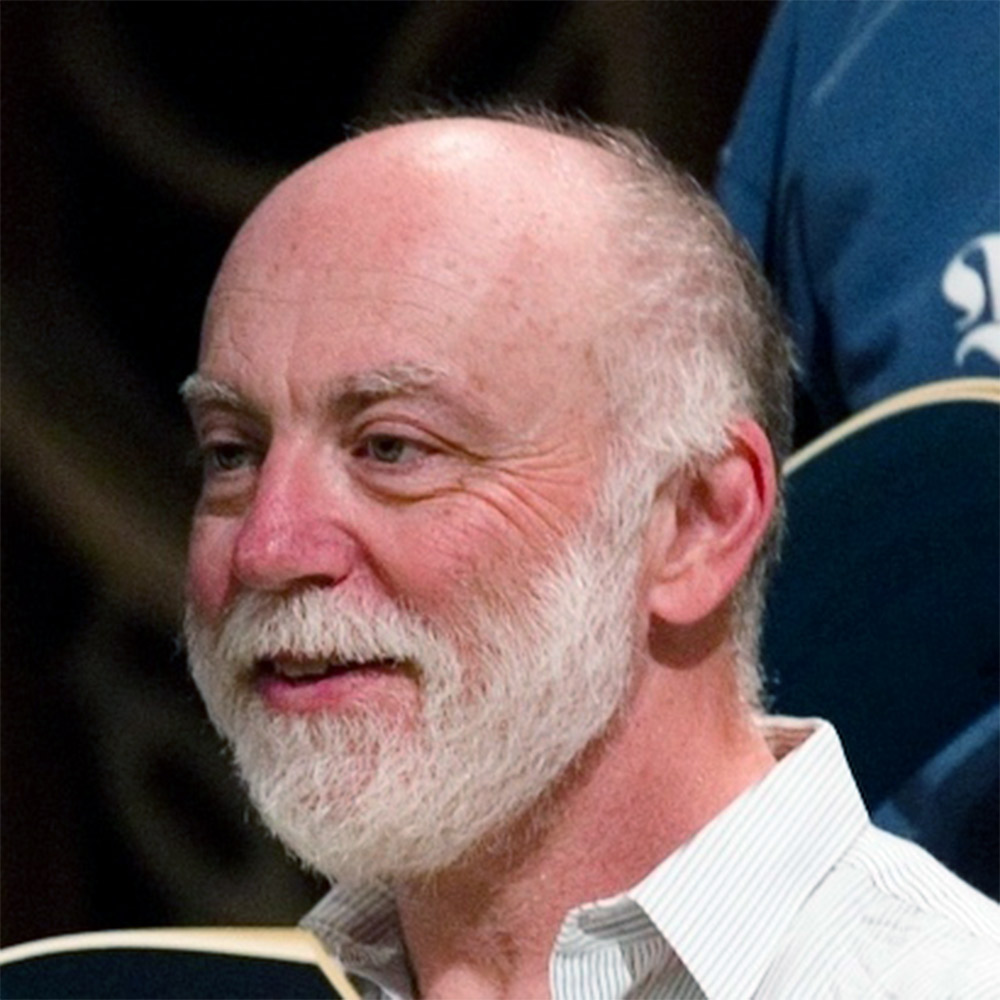
L Peter Deutsch is a native of Massachusetts, now living in Sonoma County CA, and British Columbia, Canada. He writes primarily for small instrumental or a capella vocal ensembles, spanning styles from devotional to romantic to jazzy, and from Renaissance to early 20th century. Works to date include four choral commissions; releases through PARMA Recordings include music for chorus, string quartet, woodwind and brass quintets, piano trio (featuring work with Trio Casals), and full orchestra.


